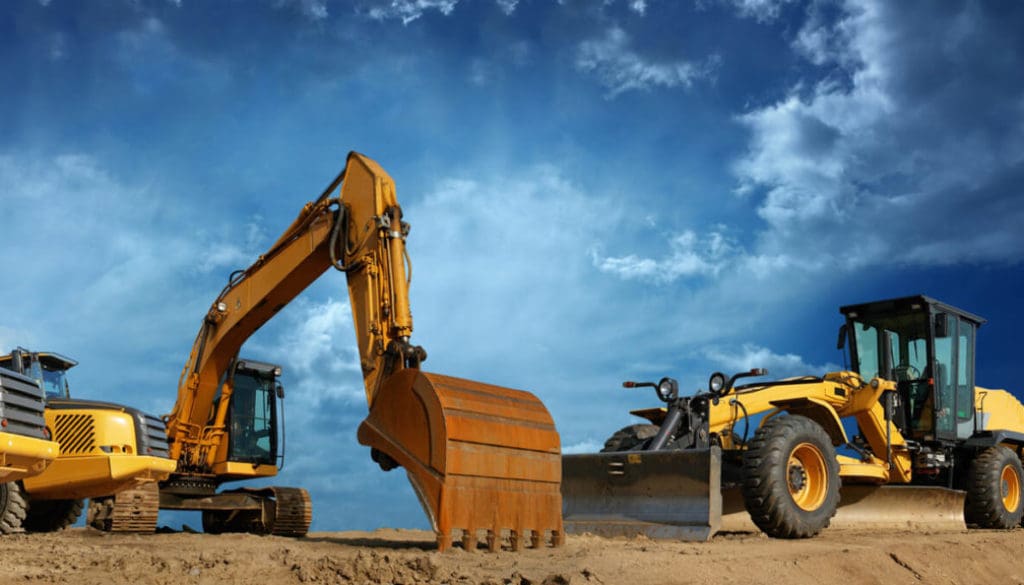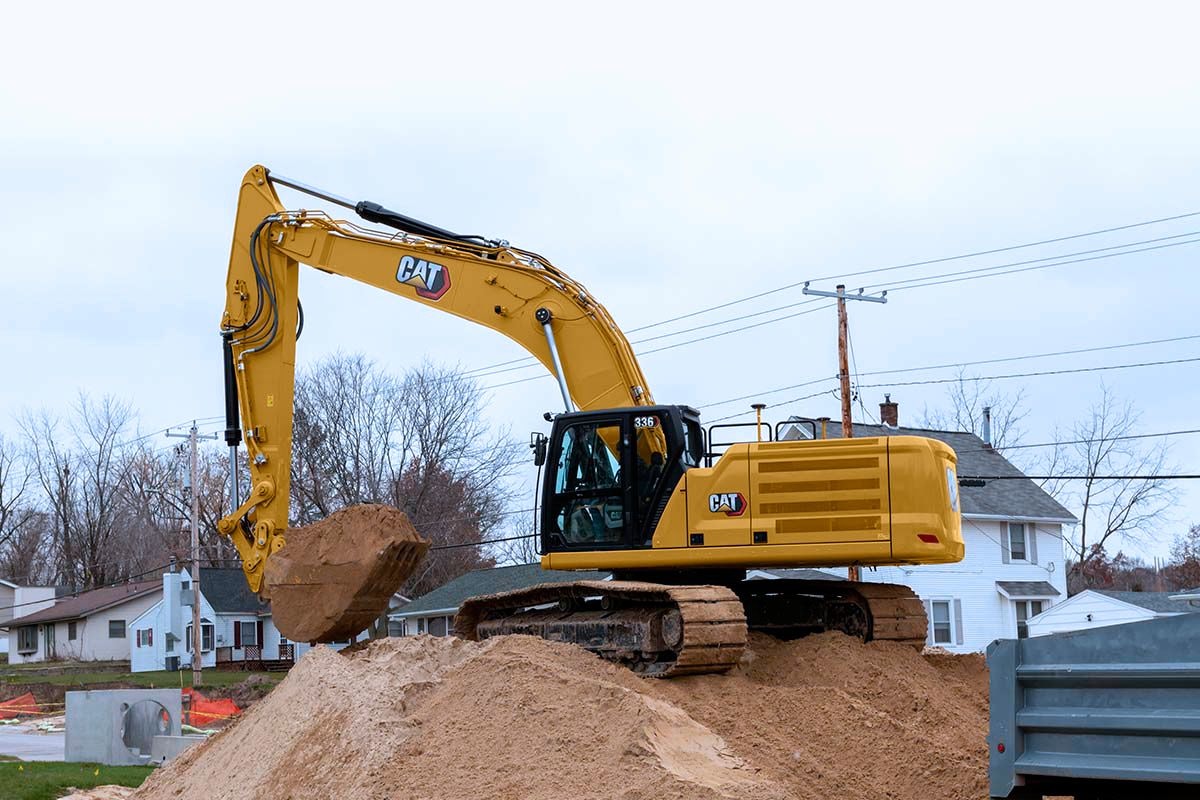Renting Out Vs. Acquiring Building And Construction Tools: Making the Right Option for Your Project
When starting a building job, among the important decisions that forecast supervisors and stakeholders face is whether to buy or rent construction tools. Both alternatives have their downsides and benefits, making the option a critical one in the task planning procedure. The choice rests on various factors such as price considerations, job duration, equipment upkeep, danger, scalability, and versatility management. Each component plays an important role in figuring out one of the most suitable path for the job's devices needs. equipment rental company. Let's check out these variables further to recognize exactly how they affect the decision-making procedure and eventually the success of the project.
Expense Factors To Consider
When reviewing the economic aspect of acquiring versus renting out construction tools, the upfront prices and long-term expenditures have to be carefully thought about. Leasing tools frequently calls for lower first payments compared to purchasing, making it an eye-catching option for temporary projects or service providers with budget plan restraints. Renting out gets rid of the demand for huge capital investments and reduces the monetary risk associated with tools ownership, such as maintenance and depreciation prices. However, in the long run, consistently leasing equipment can gather higher costs than purchasing, particularly for extensive tasks.
On the other hand, purchasing building equipment involves greater in advance expenses yet can result in long-lasting financial savings, especially for lasting projects or frequent individuals. Eventually, the decision in between purchasing and renting out building and construction devices hinges on the job's duration, regularity of use, spending plan considerations, and lasting economic goals.
Project Duration

Conversely, for long-lasting jobs or ongoing construction work, buying equipment could be the more affordable option. Acquiring tools can cause set you back financial savings in the lengthy run, particularly if the devices will be frequently made use of. In addition, possessing devices supplies a feeling of control over its accessibility and permits modification to fit specific project demands.

Tools Upkeep
Offered the critical function project duration plays in figuring out the most affordable strategy between leasing and purchasing construction equipment, the focus currently moves towards checking out the crucial element of equipment upkeep. Correct maintenance is critical for guaranteeing the ideal performance and durability of construction devices. Renting out tools typically comes with the advantage of having actually well-maintained equipment supplied by the rental firm. This can minimize the worry of maintenance jobs from the job proprietor or contractor, saving effort and time. On the other hand, having equipment needs a positive strategy to maintenance to stop failures, guarantee safety and security, and expand the devices's life expectancy. Regular inspections, servicing, and timely fixings are essential to maintain owned devices in top functioning condition. Variable in maintenance expenses when determining between renting and getting, as neglecting maintenance can bring about costly repairs, downtime, and project delays. Inevitably, a properly maintained building and construction tools fleet, whether rented or possessed, is important for the reliable and successful conclusion of building and construction projects.
Flexibility and Scalability
In the realm of building tools administration, the facet of versatility and scalability holds substantial relevance for task performance and resource use. Deciding to rent out construction tools gives a high degree of adaptability as it permits the quick adjustment of equipment kinds and quantities based on the developing needs of a project. Renting makes it possible for service providers to access a vast array of specific devices that may be needed for details tasks without the lasting commitment of possession. This adaptability is especially helpful for jobs with differing demands or unsure periods (mini excavator rental).
In addition, scalability, another crucial aspect, is inherently linked to adaptability. Renting out building tools uses the benefit of easily scaling operations up or down as project demands rise and fall. Service providers can promptly include or trade equipment to match the task's transforming demands without the restrictions of owning properties that basics might come to be underutilized or out-of-date. This capability to scale sources efficiently can lead to cost savings and improved job timelines, making leasing a desirable option for jobs calling for versatility and receptive resource allocation.
Risk Management
Reliable threat management in building equipment operations is vital to ensuring project success and mitigating possible financial losses. Construction projects inherently include numerous risks, such as equipment malfunctions, mishaps, and job hold-ups, which can considerably impact the task timeline and budget plan. By carefully thinking about the threats linked with owning or renting building and construction equipment, task managers can make enlightened choices to reduce these prospective hazards.
Renting out building devices can provide a degree of danger reduction by transferring the duty of maintenance and repair work to the rental firm. This can lower the monetary burden on the task proprietor in instance of unanticipated equipment failings (forklift rental). Furthermore, renting offers the versatility to gain access to specialized tools for specific job stages, reducing the threat of owning underutilized machinery
On the various other hand, owning construction equipment provides a feeling of control over its usage and maintenance. Nonetheless, this also suggests birthing the full obligation for fixings, upkeep prices, and depreciation, boosting the monetary threats connected with devices ownership. Careful risk analysis and consideration of elements such as project visit this website period, devices use, and maintenance requirements are vital in identifying the most suitable choice for effective threat management in building and construction jobs.
Final Thought
In conclusion, when deciding in between renting out and purchasing building equipment, it is very important to take into consideration price, task period, equipment maintenance, danger, versatility, and scalability management. Each variable plays a critical function in figuring out the most ideal option for the job handy. By very carefully reviewing these elements, job supervisors can make an enlightened choice that aligns with their budget plan, timeline, and total task objectives.
